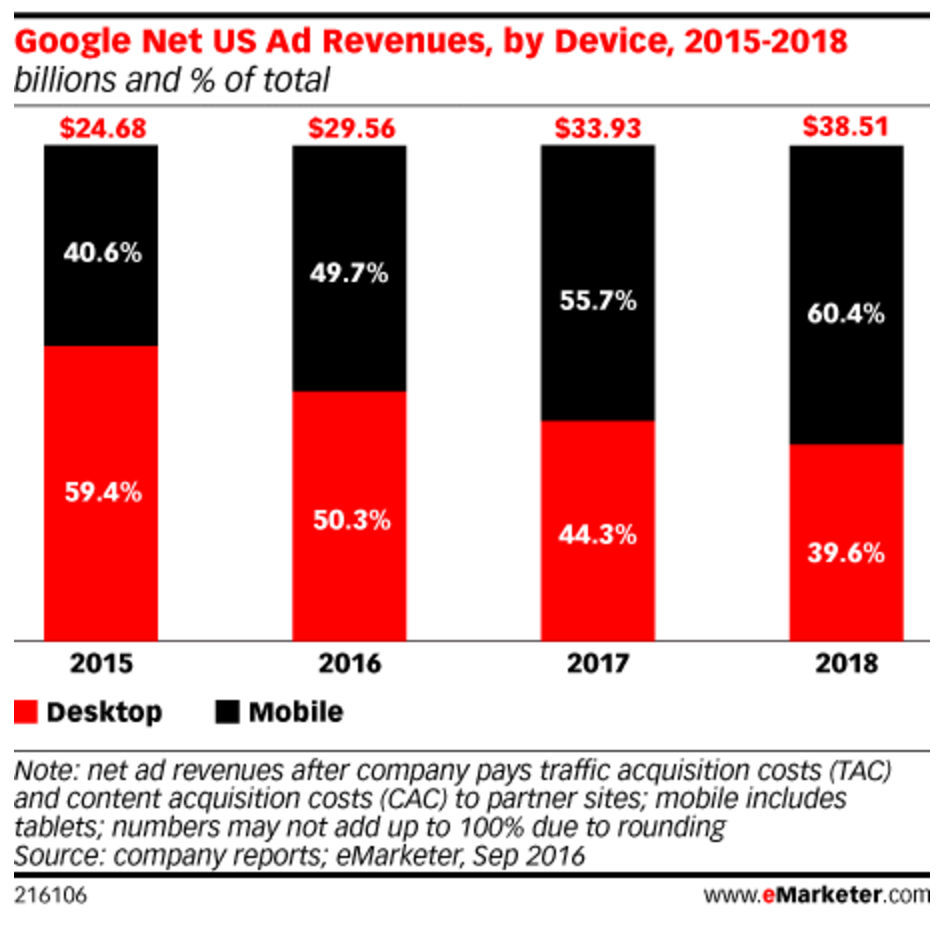
Get your FREE 30-day trial.
Please complete all fields.
CRM data plus advertising is a powerful combination. Ads personalized with your customer data mean better customer experience and ultimately relationship with your brand. If we know what our customers like, where they spend their time, what enjoy doing... shouldn't we position our advertising to appeal to them, rather than push them away? We think so too! The power of CRM and advertising is something we are excited about here at Salesforce. Keep reading to learn more about why.

Today, marketing and advertising decisions are based more and more on what brands think a consumer wants, instead of what a customer has explicitly asked for. We live in a world where consumers expect that brands know who they are and what they want at all times. People are constantly connected, communicating, and interacting, producing a vast store of data that brands can and should utilize. It's no surprise that today, the most popular tactic used by marketers (66% to be exact) from companies with 500 or more employees in North America and Western Europe to make data-driven marketing more effective is their own CRM data. Marketers have come to realize that using what they already know about their customers produces more valuable return.

However, not everyone is up-to-speed with this idea of CRM driven advertising. In fact only 15% of marketers think their customers was personalized recommendations based off past purchases. In reality, 53% of customers want just that. I know I'm in that 53% of customers. For example, have you ever received an email from a brand, featuring product for the opposite sex? What about an email for a promotion happening for a holiday you don't celebrate? Frustrating, right? Today advertisers have a responsibility to stop blasting the same, generic message to every customer, and instead create personalized experiences tailored to the individual. How you may ask? By using what a brand already knows about their customers (namely CRM data) to direct advertising decisions. Customers tell brands all about themselves--what they like to wear, do, eat, watch, etc--so it's only right to make the effort to tell them "we were listening and we care!"

Today, Google makes a majority of its revenue from mobile advertising, globally. In 2017, that will become true in terms of the United States, with a predicted 56% of its advertising revenue from mobile, in particular. By 2018, more than 60% of Google's US ad revenues will be thanks to mobile spending. This shift from desktop-first to mobile-first isn't just a trend at Google. This is happening across multiple platforms, industries, and regions everywhere. Why? No longer are users constrained to their desk for connectability. Instead, they are using their mobile devices to communicate on the go, research purchases while shopping in-store, searching for a phone number to the restaurant they're headed to for dinner, and so much more. So make sure that you're considering mobile in planning your next campaign because it's that important.
To learn more about the power of advertising today, check out our Future of Advertising eBook!